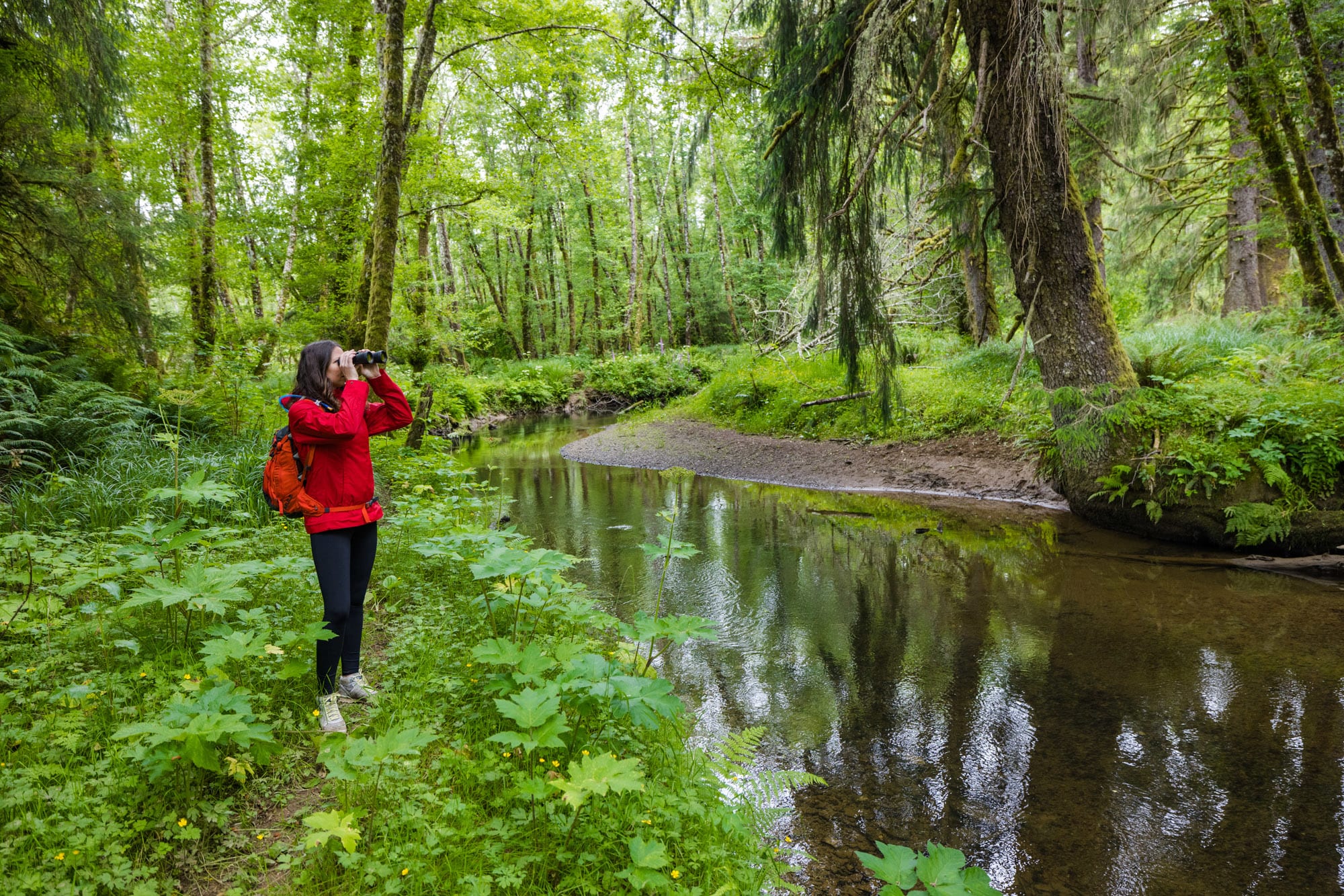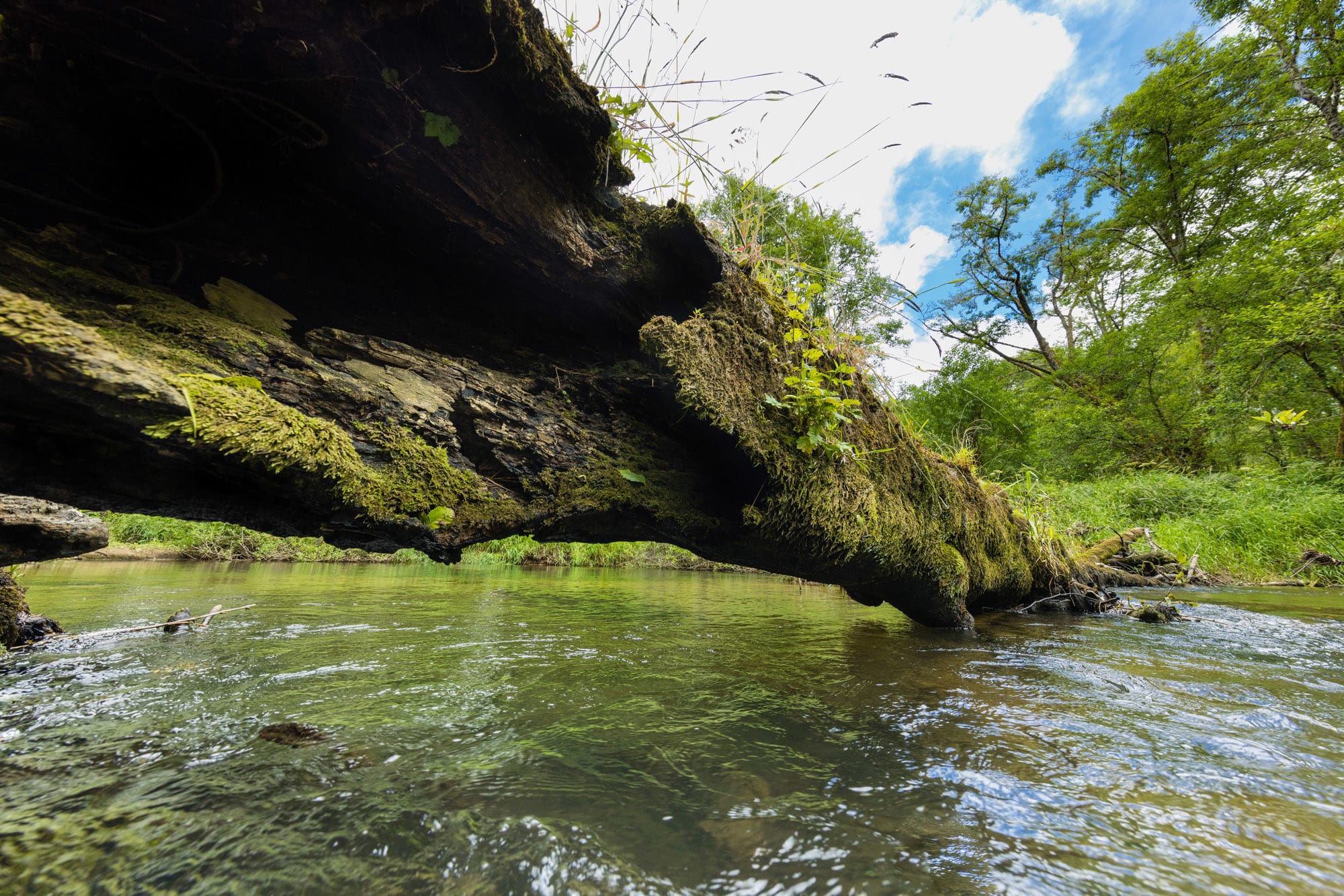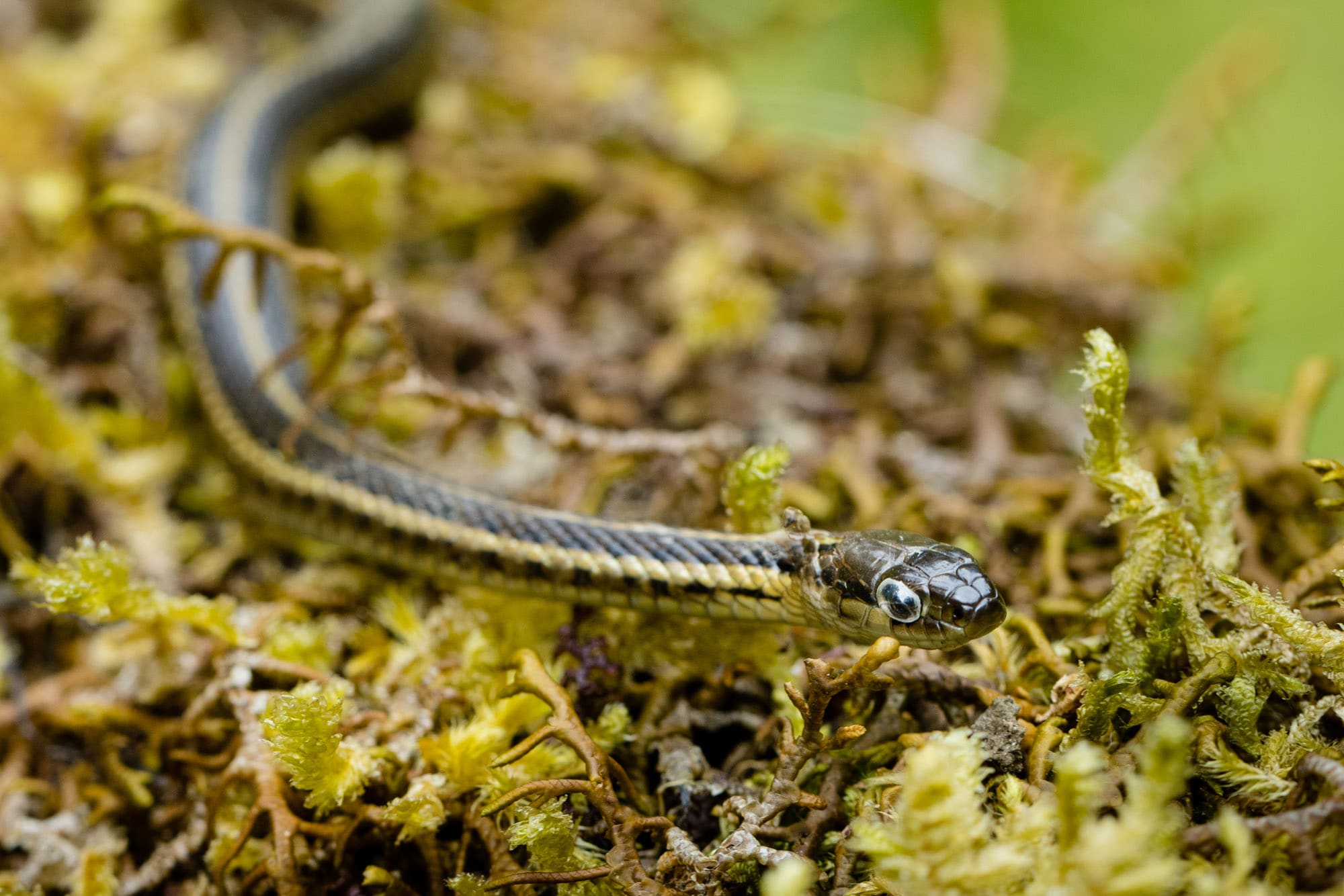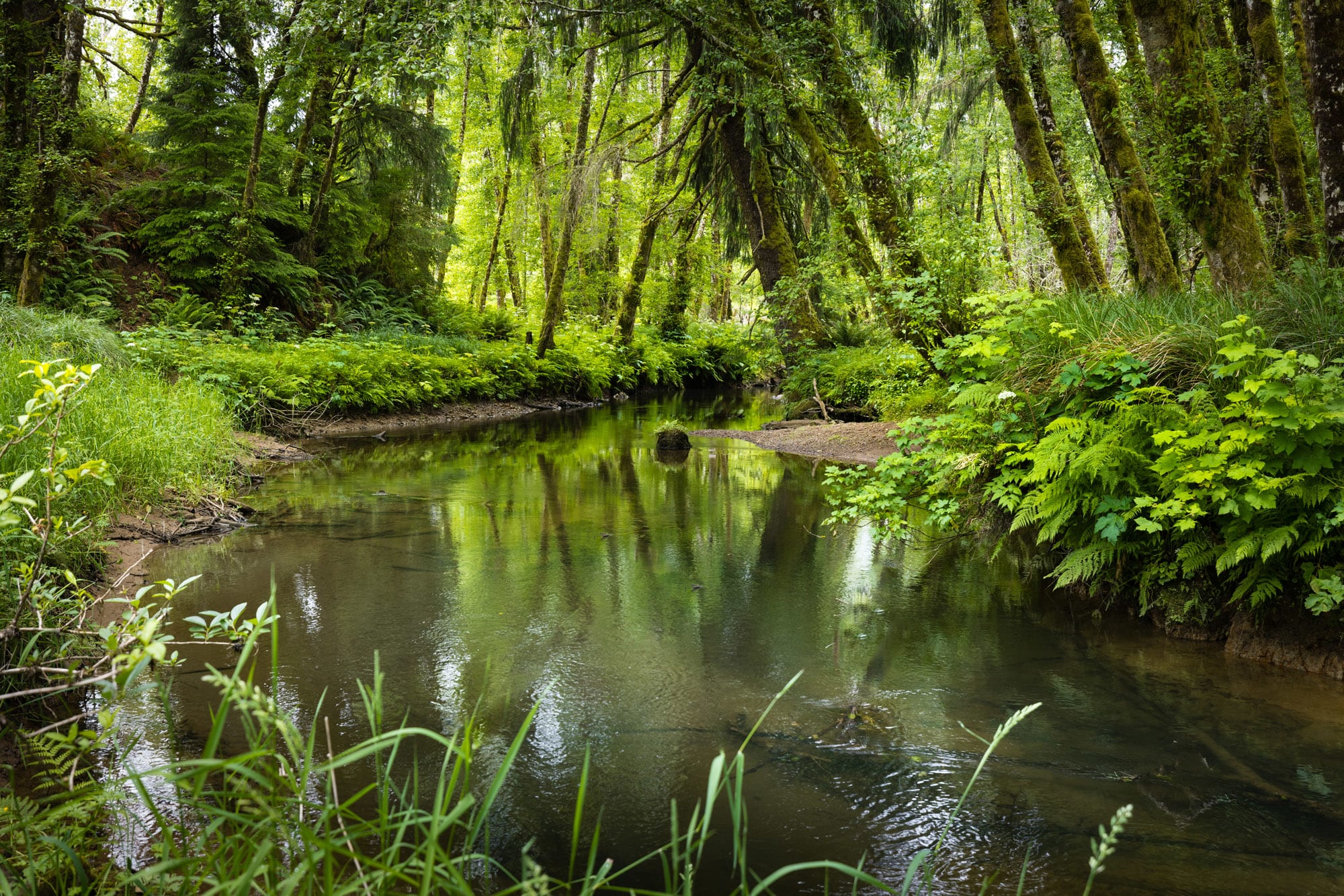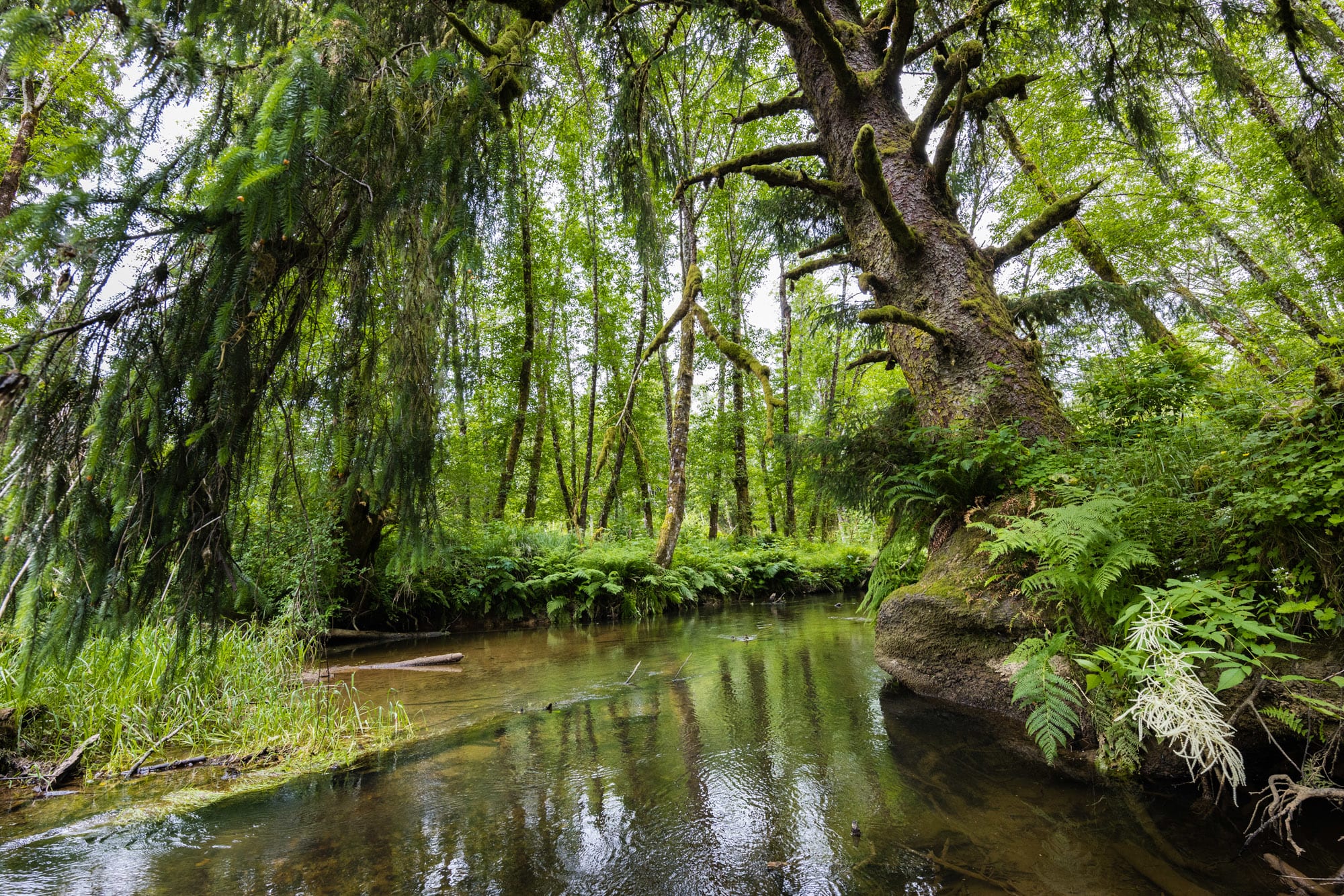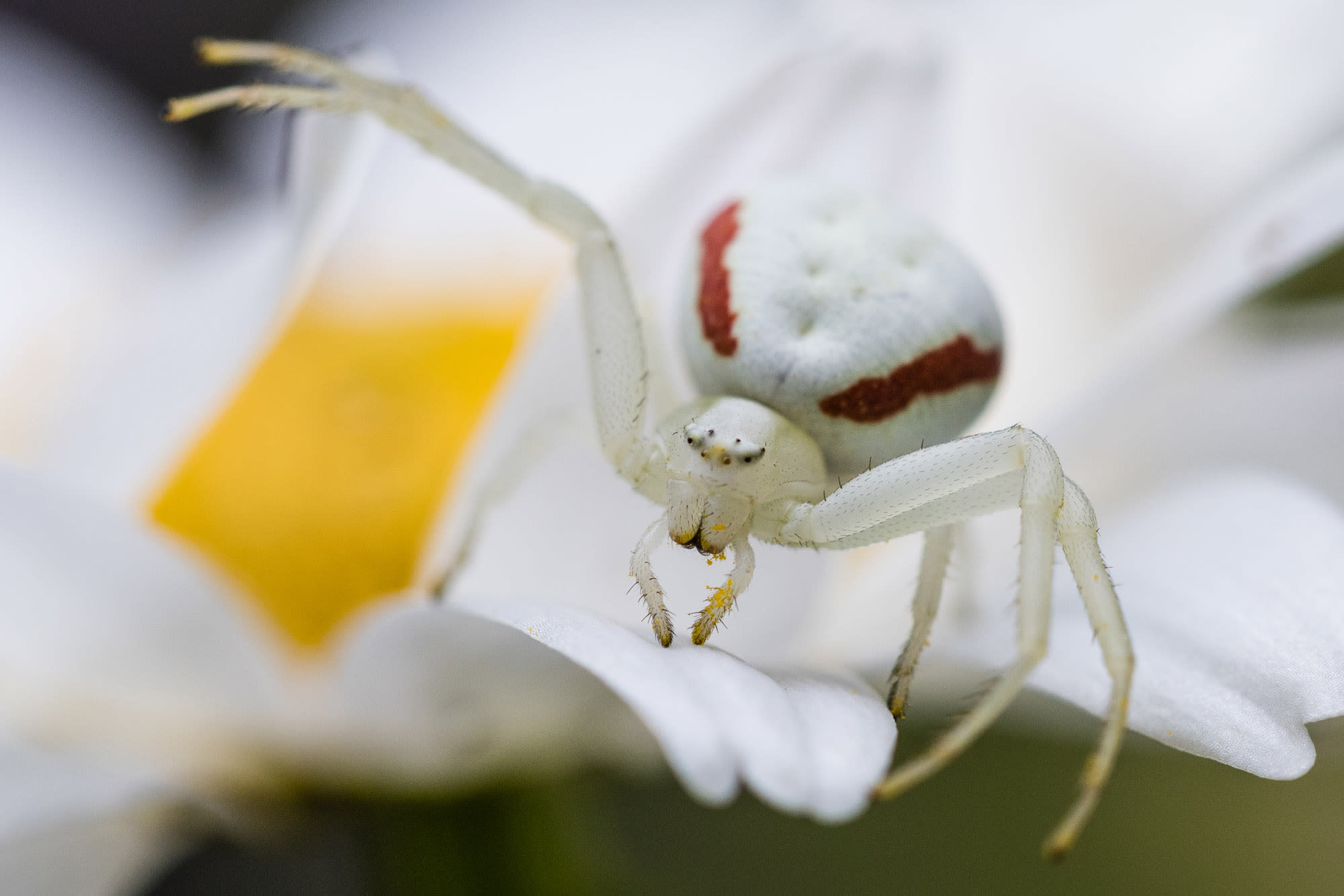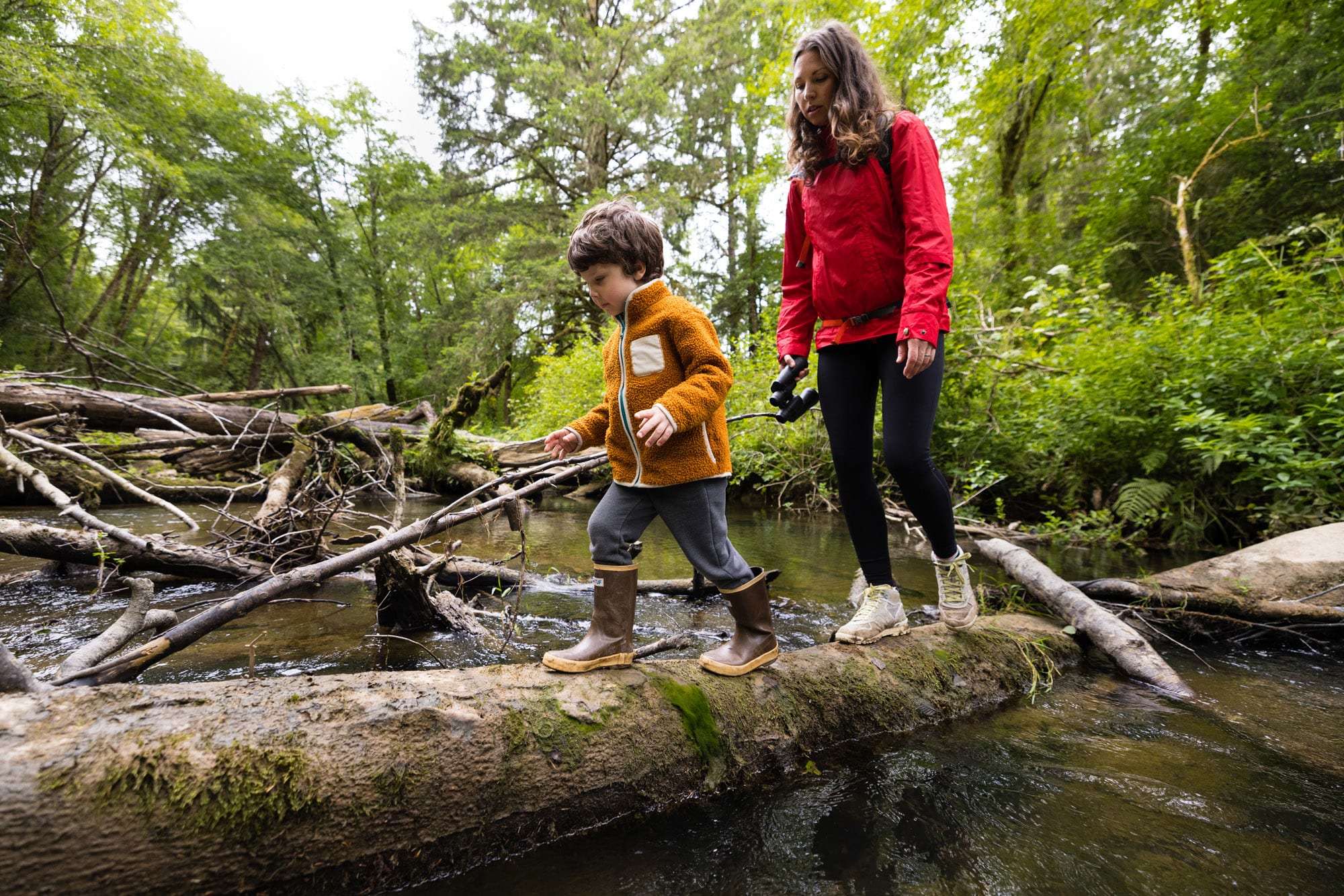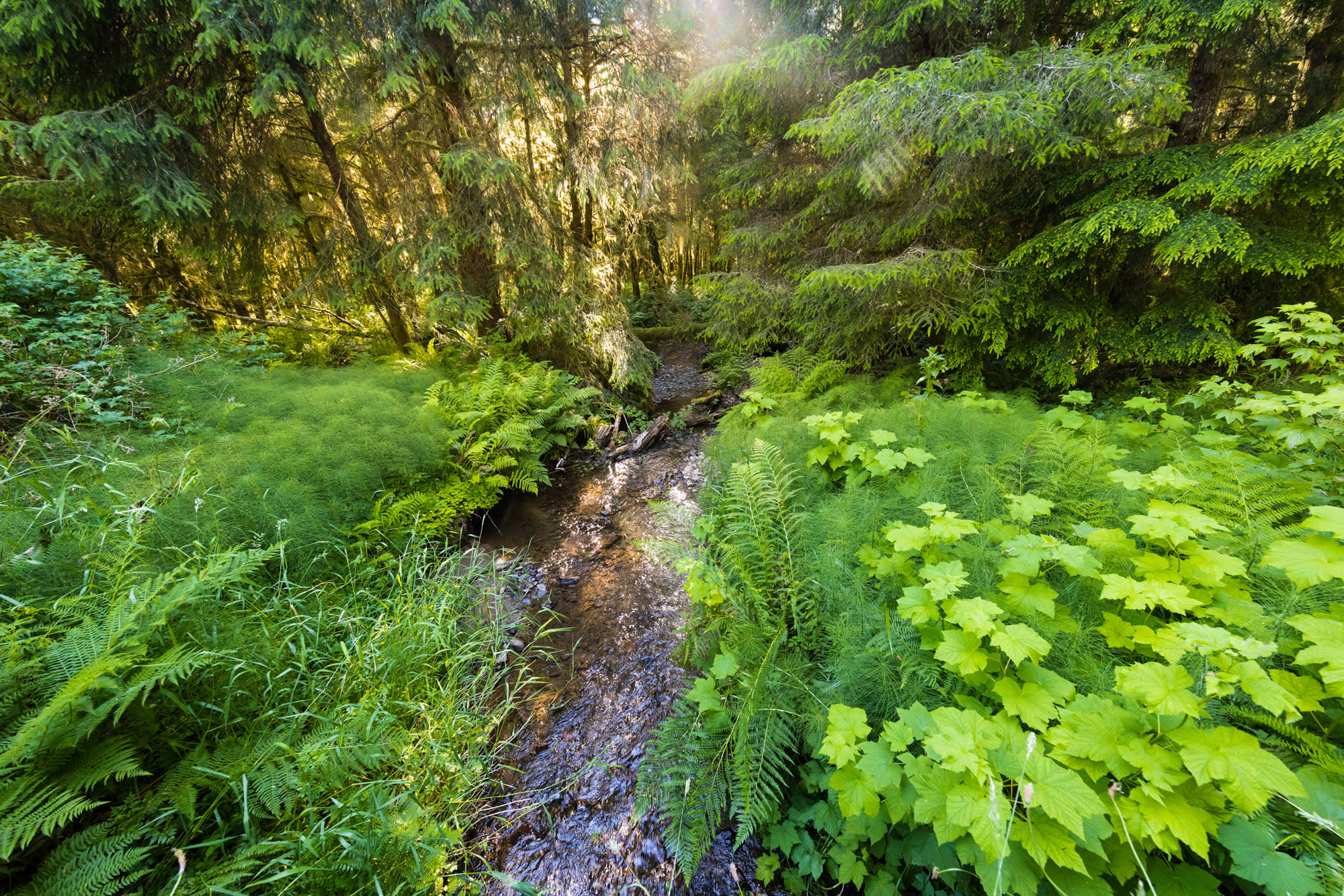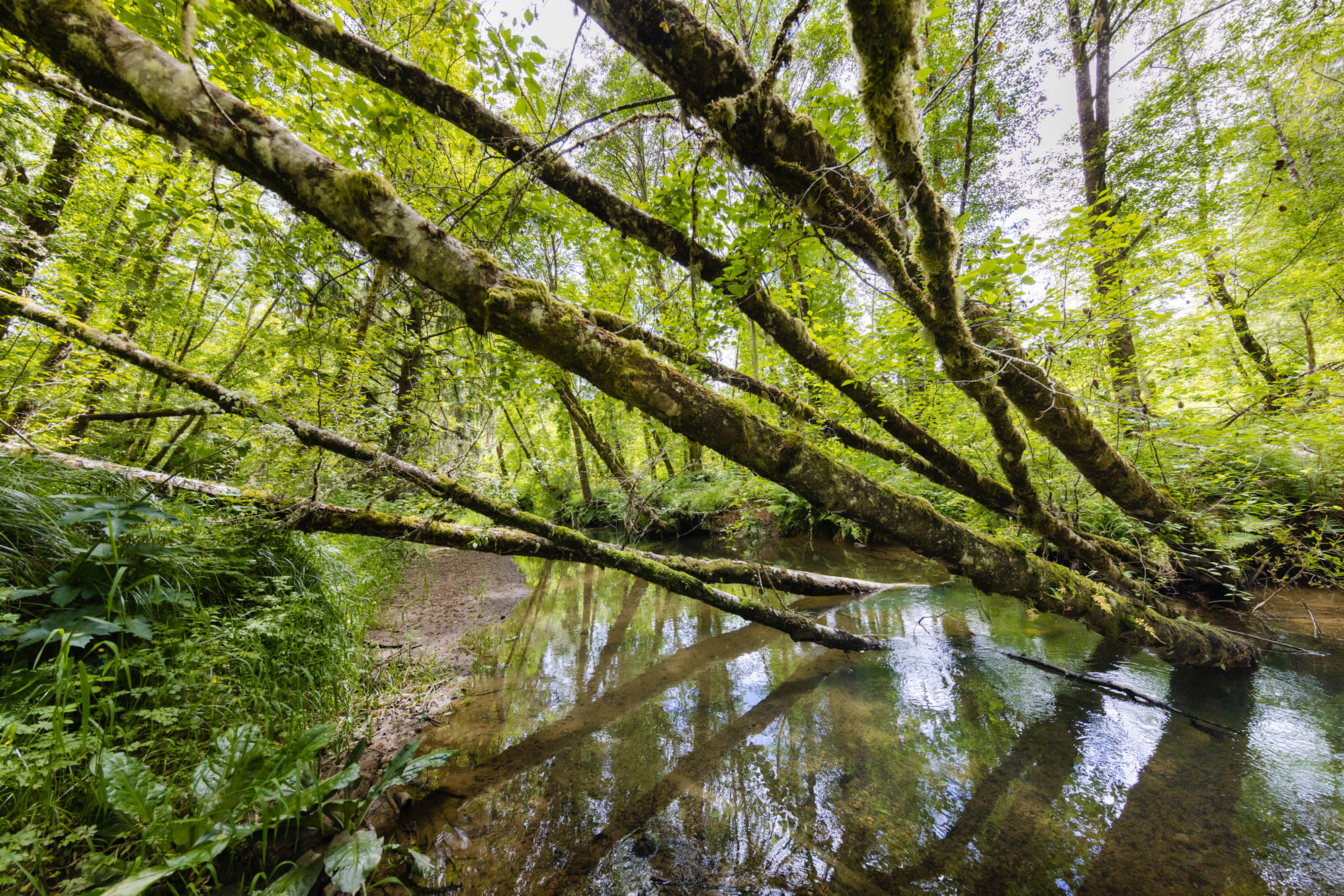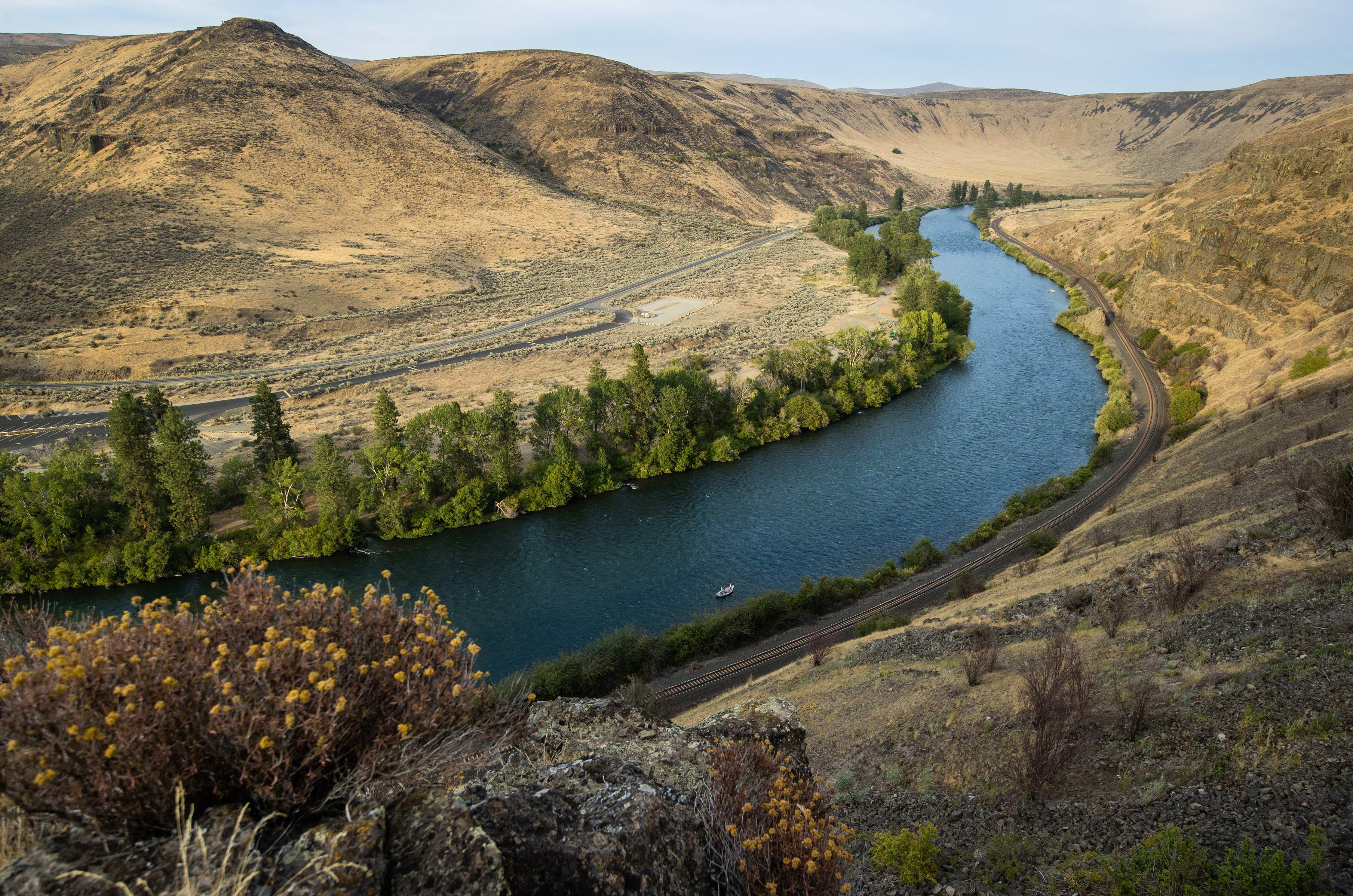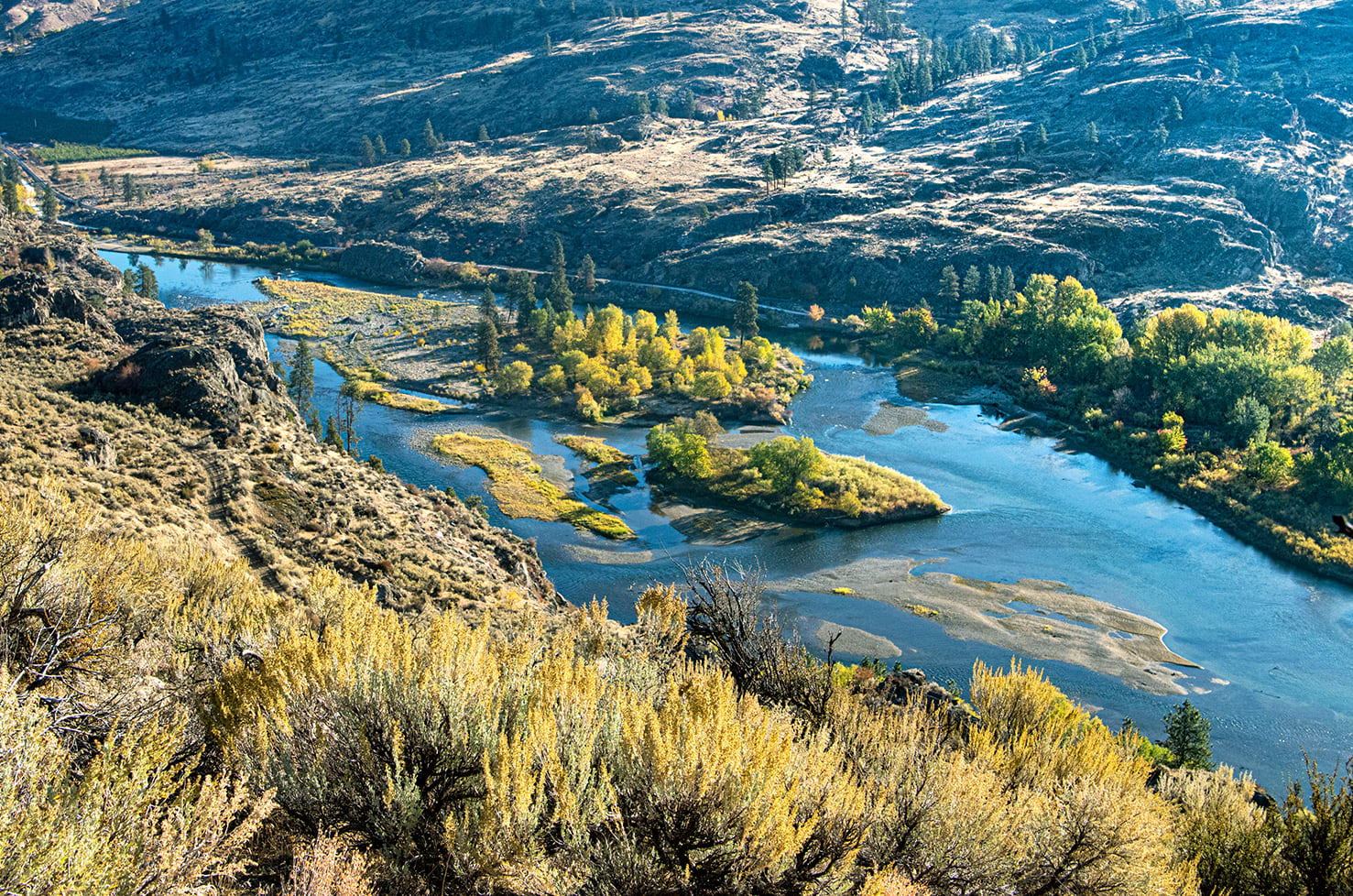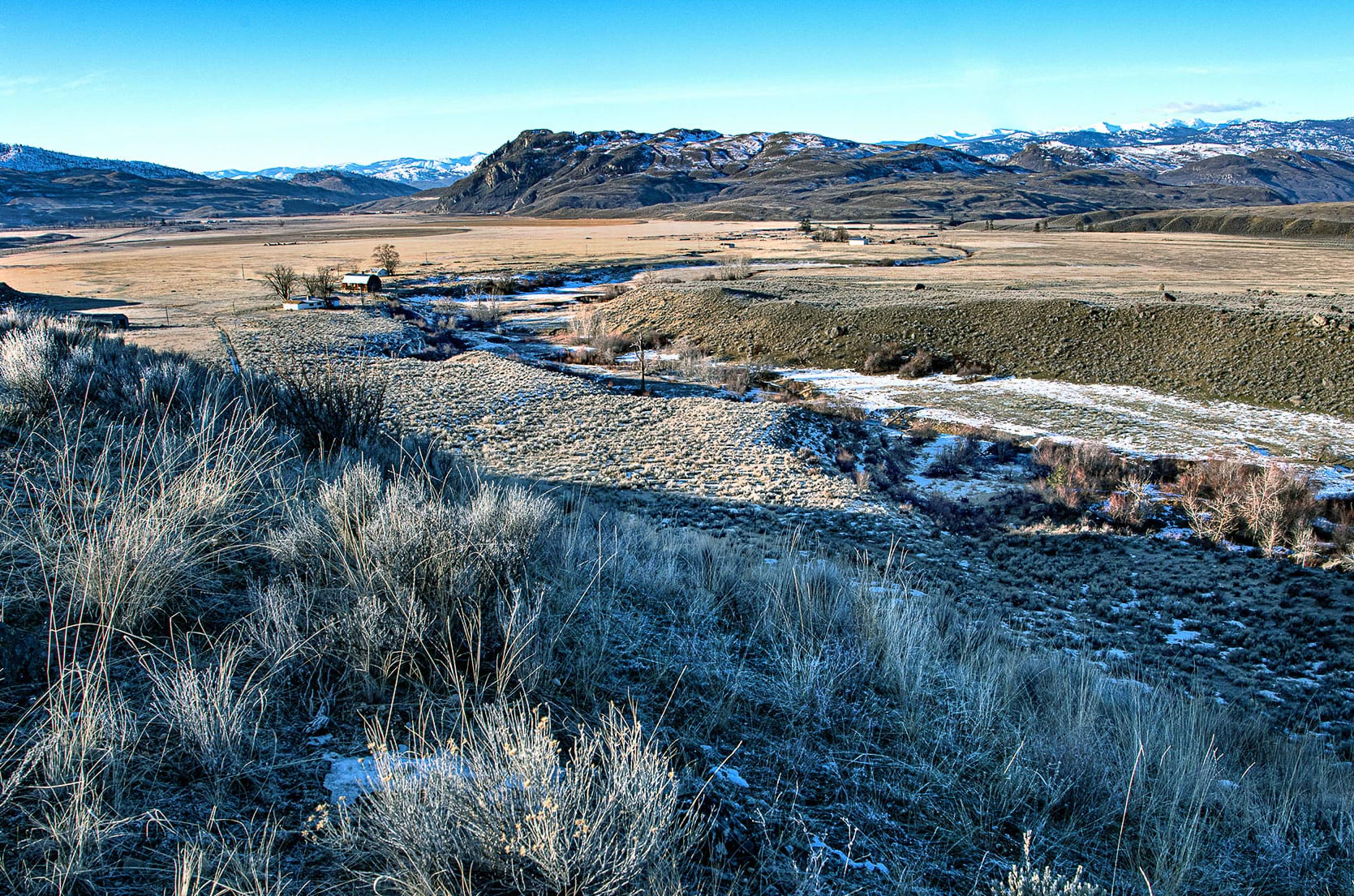The West Coast's Second Largest Estuary
Tucked behind the Long Beach Peninsula, just north of the massive Columbia River mouth, lies Willapa Bay. One of Washington’s finest coastal and natural features, Willapa Bay is the second-largest estuary on the West Coast, containing a remarkable array of Pacific Northwest habitats. Its abundant salt marsh and tidal mudflats, coastal dunes and beaches, grasslands and stands of old-growth forest play host to a diverse array fish and wildlife. The bay itself is a vibrant estuarine ecosystem that provides crucial spawning and rearing habitat for native salmonids.
Willapa Bay’s unique ecology and exceptional recreation opportunities led President Franklin D. Roosevelt to establish the Willapa National Wildlife Refuge (NWR) in 1937. The creation of this refuge was a tremendous conservation achievement, but the life source of the bay are its rivers, which lie outside the boundaries of the refuge. Rivers and streams flowing off privately owned land around it must be protected if fish and wildlife are to thrive. Almost a century after the creation of Willapa NWR, there is still important conservation work to do to ensure the estuary’s lasting health.
ADDING TO THE WILLAPA BAY NATIONAL WILDLIFE REFUGE
Western Rivers Conservancy had the rare opportunity to conserve a 2,366-acre tract of timberland adjacent to the Willapa NWR called the Willapa Coastal Forest. In January 2024—after assembling funding from the Land and Water Conservation Fund and Washington state’s Salmon Recovery Funding Board—we purchased and then immediately conveyed the property to the US Fish and Wildlife Service for permanent protection.
The property, called the Willapa Coastal Forest, includes three miles of the Bear River, one of the small but highly important rivers that help form Willapa Bay. The roughly 250 acres of wetlands concentrated around the property’s stream corridors support a diverse array of plant and animal species, including critical spawning and rearing habitat for salmonids.
WRC’s purchase and conservation of the property benefits populations of chum, fall Chinook, coho, sea-run cutthroat trout and steelhead that enter the Bear River each year. Our efforts also help protect coniferous forestland on the slopes above the bay that provide habitat for marbled murrelet, Roosevelt elk and the elusive Columbian black-tailed deer.
From a recreation standpoint, expanding the Willapa NWR creates more opportunities for people to visit this special place and explore its natural wonders. Every year, scores of visitors take to Willapa Bay to boat, hike, birdwatch, hunt and harvest shellfish. The Willapa NWR is one of few refuges in the National Wildlife Refuge System that is open to camping. By conserving the Willapa Coastal Forest, WRC improved both the health of the Willapa NWR and the ability for people to experience it in new ways.
